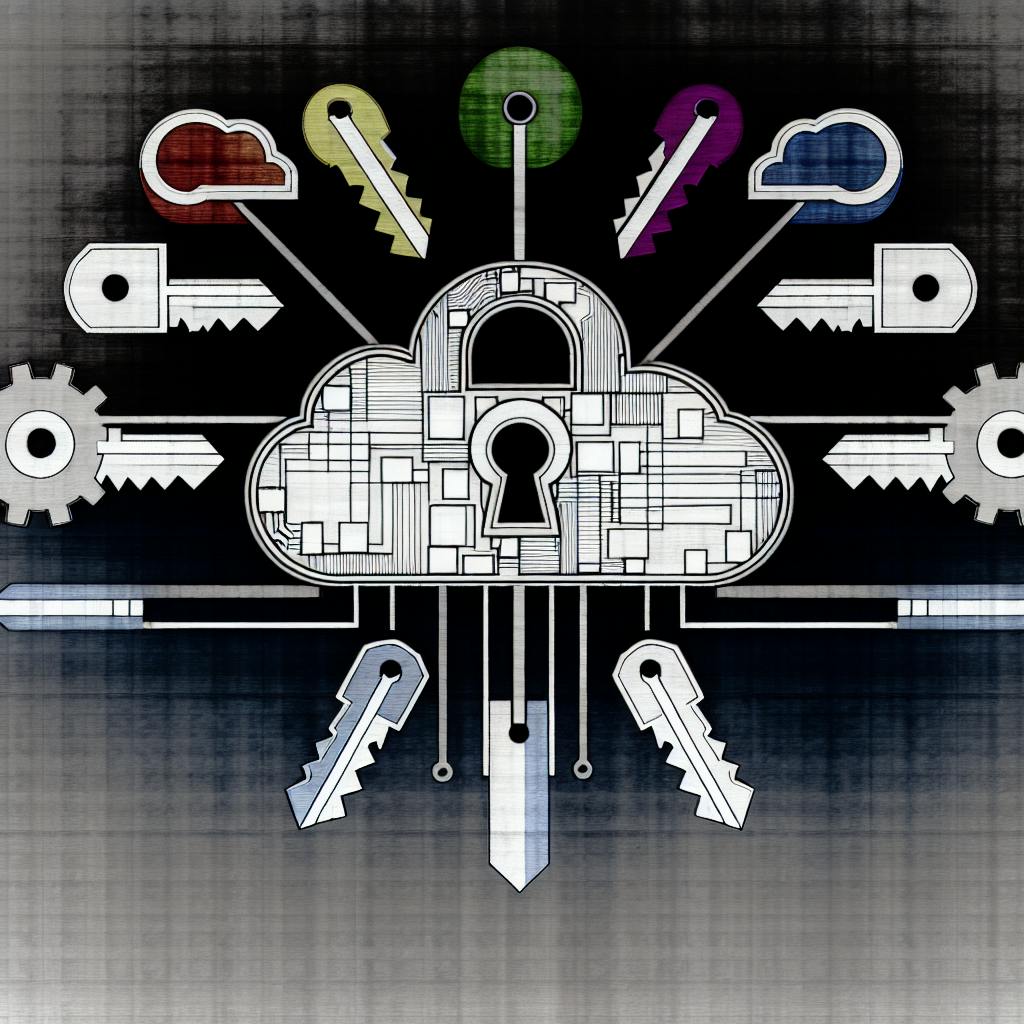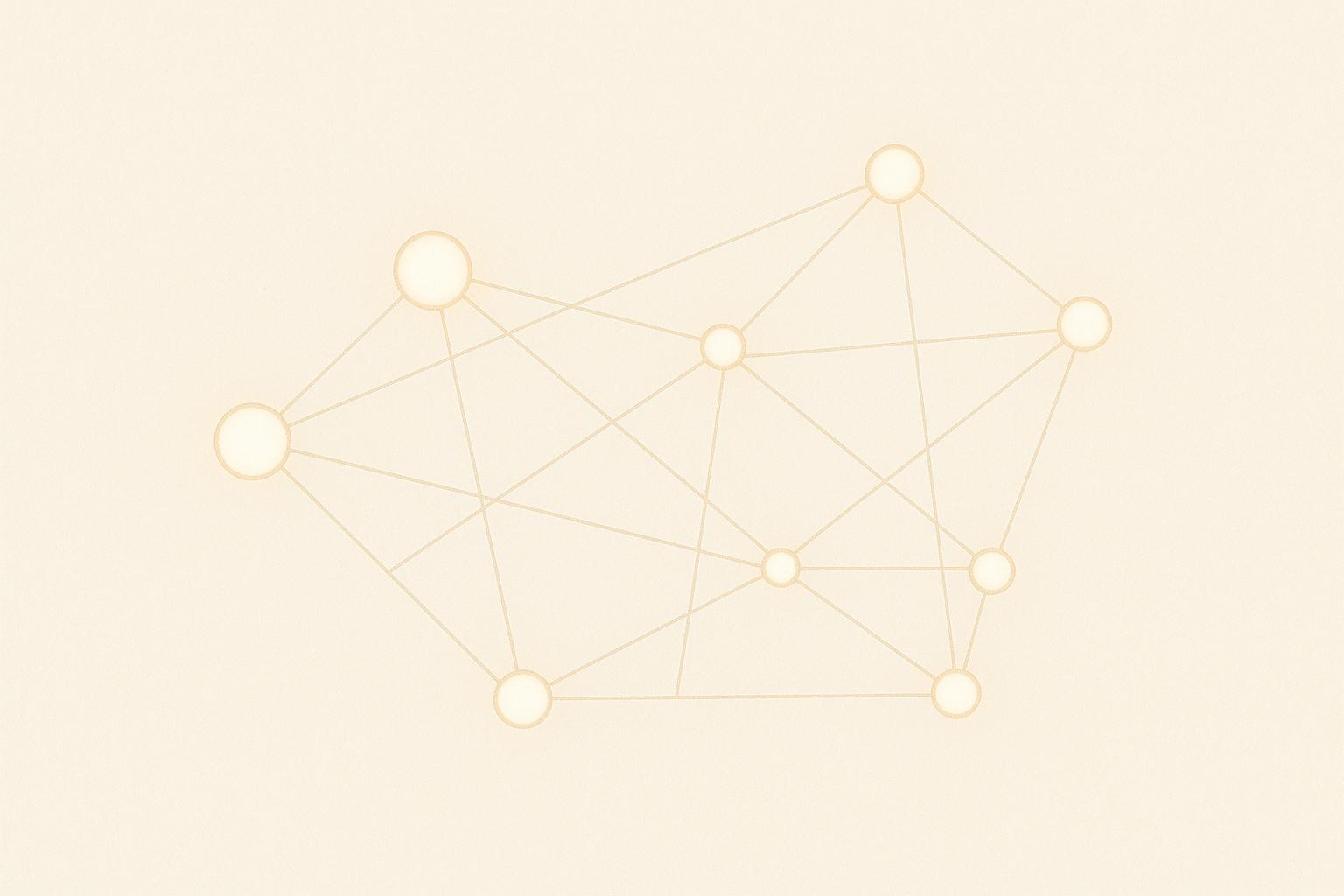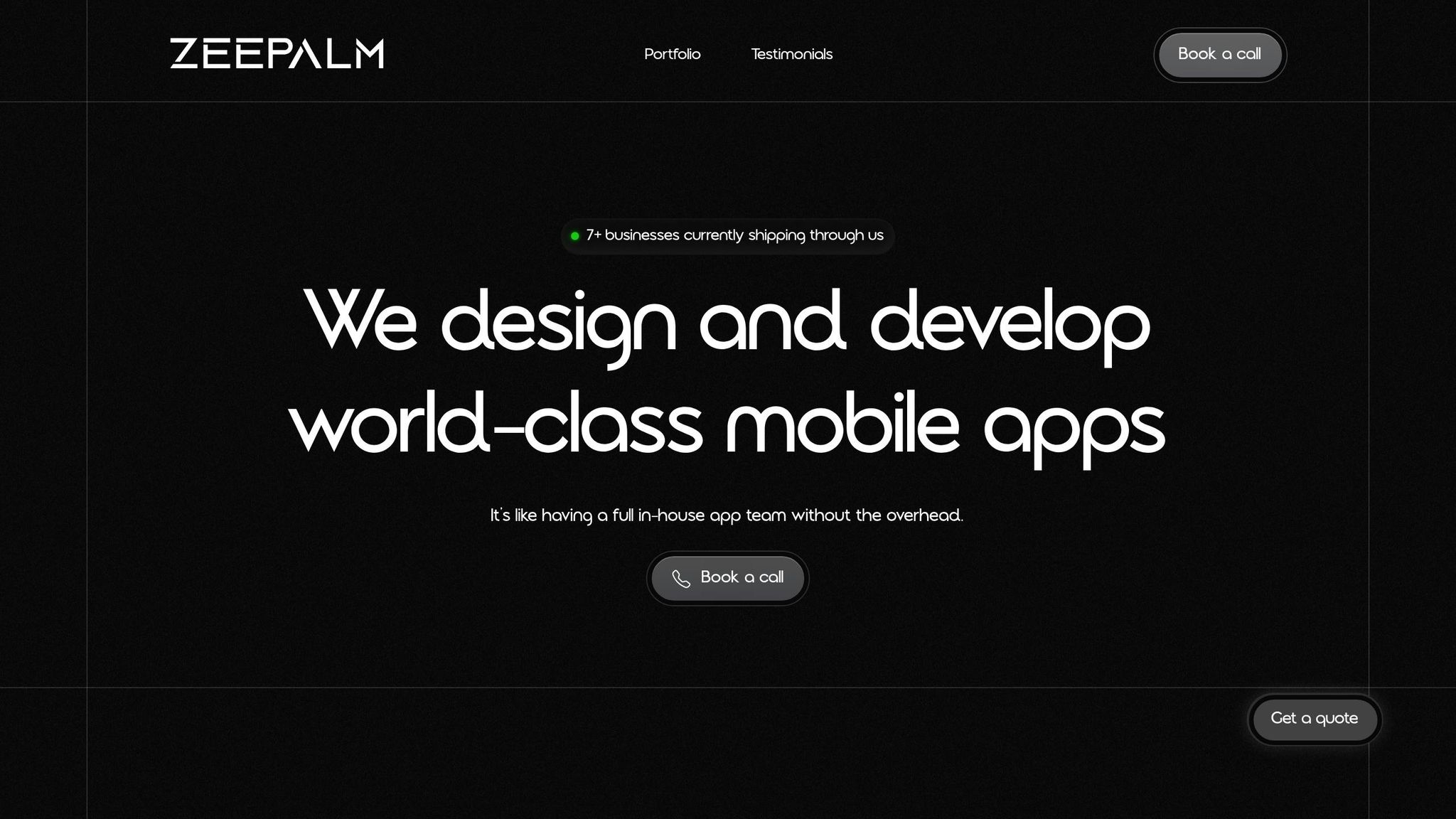SaaS applications offer convenience but introduce security risks. To protect your platform and customers, understand these 7 common SaaS security risks and implement preventative measures:
- Poor Configuration Management
- Misconfigurations like excessive permissions and unencrypted data
- Prevention: Least privilege access, regular audits, data encryption, timely patching
- Cross-Site Scripting (XSS) Vulnerabilities
- Attackers inject malicious scripts into web pages
- Prevention: Input validation, Content Security Policy, HTTPOnly cookies, software updates
- Insider Threats
- Malicious, accidental, or compromised insiders
- Prevention: Least privilege access, user monitoring, security training, access revocation
- API Security Risks
- Insecure endpoints, poor key management, lack of rate limiting, inadequate encryption
- Prevention: API gateways, encryption, key management, regular testing
- Personal Data Breaches
- Unauthorized access to sensitive personal data
- Prevention: Data encryption, access controls, security testing, employee education
- Account Hijacking
- Unauthorized access to user accounts
- Prevention: Multi-factor authentication, account monitoring, strong passwords, employee education
- Compliance Challenges
To ensure SaaS security, implement centralized user authentication, data encryption protocols, vendor security assessments, and continuous monitoring. Regular monitoring and adaptation are crucial to maintain security.
Understanding SaaS Security Risks
SaaS security risks are a growing concern for businesses as they move their operations to the cloud. It's essential to understand these risks to build trust with customers and ensure the long-term success of your business.
Shared Responsibility Model
In a SaaS environment, security is a shared responsibility between the provider and the customer. The provider is responsible for securing the infrastructure, platform, and application, while the customer is responsible for securing their data and user access.
ResponsibilityProviderCustomerInfrastructure SecurityPlatform SecurityApplication SecurityData SecurityUser Access Security
Recognizing Potential Vulnerabilities
SaaS applications are not immune to security threats. Common vulnerabilities include:
- Phishing attacks: Cybercriminals use phishing emails to trick users into revealing sensitive information.
- Data breaches: Unauthorized access to sensitive data can occur due to weak passwords, misconfigured access controls, or exploited vulnerabilities.
- Insufficient encryption: Failing to encrypt data in transit and at rest can lead to data exposure.
- Lack of visibility and control: Limited visibility into SaaS applications and data flows can make it difficult to detect and respond to security incidents.
To prevent security breaches, it's essential to recognize these potential vulnerabilities and implement robust security measures, such as multi-factor authentication, data encryption, and continuous monitoring.
By understanding SaaS security risks and the shared responsibility model, businesses can take proactive steps to protect their data and applications in the cloud. In the next section, we will explore the top 7 SaaS security risks and provide practical solutions to prevent them.
1. Poor Configuration Management
Poor configuration management is a common security risk in SaaS applications. It occurs when a SaaS provider or customer fails to secure the cloud environment, compromising data security. This can lead to various cyber threats, including cloud leaks, ransomware, malware, phishing, external hackers, and insider threats.
Common Misconfigurations
MisconfigurationDescriptionExcessive PermissionsProviding too many access rights to an end-user, resulting in a permissions gap.Unencrypted DataFailing to encrypt sensitive data both in transit and at rest, making it vulnerable to unauthorized access.
Prevention Measures
To prevent poor configuration management, follow these best practices:
1. Implement the Principle of Least Privilege
Grant users only the necessary access rights to perform their job functions.
2. Conduct Regular Security Audits
Monitor and audit configurations to identify deviations from established baselines.
3. Encrypt Sensitive Data
Encrypt data both in transit and at rest to prevent unauthorized access.
4. Establish a Systematic Approach for Timely Patching
Regularly patch software vulnerabilities to prevent exploitation by cybercriminals.
By implementing these measures, organizations can minimize the risk of poor configuration management and ensure the security of their SaaS applications.
2. Cross-Site Scripting (XSS) Vulnerabilities
Cross-Site Scripting (XSS) is a common security risk in SaaS applications. It allows attackers to inject malicious scripts into web pages, stealing user data, taking control of user sessions, or performing unauthorized actions.
Understanding XSS Attacks
XSS attacks occur when an attacker injects malicious code into a web page, which is then executed by the user's browser. This can happen when a web application does not properly validate user input.
Prevention Measures
To prevent XSS attacks, follow these best practices:
Prevention MeasureDescriptionValidate User InputValidate all user input to ensure it does not contain malicious code.Implement Content Security Policy (CSP)Define which sources of content are allowed to be executed within a web page.Use HTTPOnly CookiesPrevent attackers from accessing sensitive information by using HTTPOnly cookies.Keep Software Up-to-DateKeep all software up-to-date to prevent XSS attacks by patching known vulnerabilities.
By implementing these measures, organizations can minimize the risk of XSS attacks and ensure the security of their SaaS applications.
3. Insider Threats
Insider threats are a significant SaaS security risk, as they involve individuals with authorized access to an organization's systems and data. These individuals can be employees, contractors, or business partners who intentionally or unintentionally compromise security.
Understanding Insider Threats
Insider threats can occur in various ways:
- Malicious insiders: Authorized personnel who intentionally exploit their access for personal gain or to cause harm to the organization.
- Accidental insiders: Authorized personnel who unintentionally compromise security through negligence or lack of awareness.
- Compromised insiders: Authorized personnel whose credentials have been stolen or compromised by attackers.
Prevention Measures
To mitigate the risks of insider threats, organizations can implement the following best practices:
Prevention MeasureDescriptionLeast Privilege AccessLimit access to only necessary resources and data.User Activity MonitoringContinuously monitor user activity to detect and respond to suspicious behavior.Security TrainingEducate employees and contractors on security policies and best practices.Access RevocationImmediately revoke access to systems and data when an employee or contractor leaves the organization.
By implementing these measures, organizations can reduce the risk of insider threats and protect their SaaS applications from unauthorized access and data breaches.
4. API Security Risks
APIs are a crucial part of SaaS platforms, and securing them is essential. Here, we'll discuss API security risks, the consequences of breaches, and strategies to ensure API integrity.
API security risks are a significant concern for SaaS companies. Inadequately secured APIs can lead to data breaches, unauthorized access, and compromised application functionality. According to a recent study, 52% of SaaS apps used at enterprises were unsanctioned, highlighting the need for robust API security measures.
Understanding API Security Risks
API security risks can be categorized into several types:
Risk TypeDescriptionInsecure API endpointsUnprotected or poorly secured API endpoints can be exploited by attackers to gain unauthorized access to sensitive data or systems.API key managementPoorly managed API keys can lead to unauthorized access or data breaches.Rate limitingInsufficient rate limiting can allow attackers to overwhelm APIs with requests, leading to denial-of-service (DoS) attacks.EncryptionInadequate encryption can expose sensitive data in transit or at rest.
Prevention Measures
To mitigate API security risks, organizations can implement the following best practices:
Prevention MeasureDescriptionAPI GatewayImplement an API gateway to manage API traffic, authenticate requests, and enforce rate limiting.EncryptionUse encryption to protect data in transit and at rest.Key ManagementImplement robust API key management practices, including secure key storage and rotation.Regular Security TestingConduct regular security testing and vulnerability assessments to identify and address API security risks.
By implementing these measures, organizations can reduce the risk of API security breaches and protect their SaaS applications from unauthorized access and data breaches.
sbb-itb-8abf120
5. Personal Data Breaches
Personal data breaches are a significant concern for SaaS companies, as they can lead to severe consequences, including reputational damage, financial losses, and legal liabilities.
Understanding Personal Data Breaches
Personal data breaches occur when sensitive information, such as names, addresses, credit card numbers, or health records, is accessed, disclosed, or stolen without authorization. This can happen due to various reasons, including:
Causes of Personal Data Breaches
CauseDescriptionInsider threatsEmployees or contractors with access to personal data may intentionally or unintentionally leak or steal sensitive information.Phishing attacksCybercriminals may use phishing attacks to trick employees into revealing login credentials or other sensitive information.Unsecured databasesUnsecured databases or storage systems can be vulnerable to hacking, allowing unauthorized access to personal data.Third-party vulnerabilitiesWeaknesses in third-party applications or services can provide a backdoor for hackers to access personal data.
Prevention Measures
To prevent personal data breaches, SaaS companies can implement the following measures:
- Data encryption: Encrypting personal data both in transit and at rest can prevent unauthorized access.
- Access controls: Implementing strict access controls, such as multi-factor authentication and role-based access, can limit the risk of insider threats.
- Regular security testing: Conducting regular security testing and vulnerability assessments can help identify and address potential weaknesses.
- Employee education: Educating employees on the importance of data security and the risks of phishing attacks can help prevent human error.
By implementing these measures, SaaS companies can reduce the risk of personal data breaches and protect their customers' sensitive information.
6. Account Hijacking
Account hijacking is a serious security risk that can have severe consequences for SaaS companies. It occurs when an attacker gains unauthorized access to a user's account, allowing them to steal sensitive information, disrupt business operations, or even use the account for malicious activities.
Understanding Account Hijacking
Account hijacking can happen due to various reasons, including:
ReasonDescriptionWeak passwordsUsing easily guessable or weak passwords can make it easy for attackers to gain access to an account.Phishing attacksAttackers may use phishing attacks to trick users into revealing their login credentials.Unsecured devicesUsing unsecured devices or public Wi-Fi networks can make it easy for attackers to intercept login credentials.Insider threatsInsiders with access to user accounts may intentionally or unintentionally leak or steal sensitive information.
Prevention Measures
To prevent account hijacking, SaaS companies can implement the following measures:
Prevention MeasureDescriptionMulti-factor authenticationImplementing multi-factor authentication can add an extra layer of security, making it difficult for attackers to gain access to an account.Regular account monitoringRegularly monitoring account activity can help detect and respond to suspicious behavior.Strong password policiesEnforcing strong password policies, such as password rotation and complexity requirements, can help prevent weak passwords.Employee educationEducating employees on the importance of account security and the risks of phishing attacks can help prevent human error.
By implementing these measures, SaaS companies can reduce the risk of account hijacking and protect their users' sensitive information.
7. Compliance Challenges
Compliance is a critical aspect of SaaS security. Here, we'll explore the various compliance requirements, their operational implications, and ways to ensure adherence.
Understanding Compliance Challenges
SaaS companies face numerous compliance challenges, including data security, data ownership and control, integration issues, and regulatory concerns. These challenges can lead to security breaches, fines, and reputational damage if not addressed properly.
Compliance Frameworks
To ensure compliance, SaaS companies can implement various frameworks:
FrameworkDescriptionGDPRGeneral Data Protection Regulation, a European Union regulation that focuses on data protection and privacy.HIPAAHealth Insurance Portability and Accountability Act, a United States regulation that focuses on healthcare data security and privacy.PCI DSSPayment Card Industry Data Security Standard, a global standard that focuses on payment card data security.SOXSarbanes-Oxley Act, a United States regulation that focuses on financial data security and reporting.
Best Practices for Compliance
To ensure compliance, SaaS companies can follow best practices:
Best PracticeDescriptionAutomate compliance processesReduce manual errors and ensure consistency.Implement incident response plansRespond quickly and effectively in case of a security breach.Conduct regular auditsIdentify and address compliance gaps.Educate employeesPrevent human error by educating employees on compliance requirements.
By understanding compliance challenges, implementing compliance frameworks, and following best practices, SaaS companies can ensure adherence to regulatory requirements and protect their users' sensitive information.
SaaS Security Best Practices
To ensure the security of your SaaS applications, it's essential to implement proactive measures and best practices. This section outlines some key strategies to help you protect your SaaS environment.
Centralized User Authentication
Implementing a unified identity governance framework is crucial to control access rights across SaaS applications. This involves integrating multiple authentication systems into a single, centralized platform.
Best PracticeDescriptionMulti-Factor Authentication (MFA)Add an extra layer of security to prevent unauthorized access.Single Sign-On (SSO)Simplify the login process and reduce password fatigue.Strong Password PoliciesEnforce regular password rotation and complexity requirements.
Data Encryption Protocols
Encrypting data both in transit and at rest is essential to protect sensitive information from unauthorized access.
Best PracticeDescriptionEnd-to-End EncryptionEnsure data remains encrypted throughout its lifecycle.Encryption Key ManagementSecurely store and rotate encryption keys.Regular Security AuditsEnsure encryption protocols are up-to-date and effective.
Vendor Security Assessments
Evaluating SaaS providers' security practices is critical to avoid potential risks.
Best PracticeDescriptionRegular Security AuditsConduct regular security audits and risk assessments.Compliance with Regulatory RequirementsEvaluate vendors' compliance with regulatory requirements such as GDPR, HIPAA, and PCI DSS.Vendor Risk ManagementImplement a vendor risk management program to monitor and mitigate potential risks.
Continuous Monitoring
Implementing SaaS Security Posture Management (SSPM) solutions is essential to continuously monitor for security issues.
Best PracticeDescriptionAutomated Security MonitoringImplement automated security monitoring and alerting systems.Regular Security AuditsConduct regular security audits and risk assessments.Continuous MonitoringContinuously monitor for security issues and vulnerabilities to ensure prompt remediation.
Conclusion
In conclusion, understanding and addressing the seven common SaaS security risks is crucial to protecting your platform and customers. By recognizing potential vulnerabilities, you can take steps to prevent attacks and protect sensitive data.
Key Takeaways
To recap, the key takeaways from this article are:
TakeawayDescriptionUnderstand SaaS security risksRecognize the seven common SaaS security risks to protect your platform and customers.Implement preventative measuresUse measures like centralized user authentication and data encryption protocols to reduce the risk of security breaches.Regular monitoringContinuously monitor for security issues and adapt to new threats to maintain SaaS security.
By following these best practices, you can ensure the security and integrity of your SaaS applications and maintain customer trust.
Remember, SaaS security is an ongoing process that requires regular monitoring and adaptation to new threats. By staying vigilant and proactive, you can protect your customers' sensitive data and ensure the long-term success of your business.
FAQs
How to Ensure SaaS Security?
To ensure SaaS security, you need to understand the common security risks associated with SaaS applications. Implementing preventative measures such as centralized user authentication, data encryption protocols, and regular monitoring can help reduce the risk of security breaches.
How to Ensure Data Security in SaaS?
Ensuring data security in SaaS involves:
MeasureDescriptionStrong AuthenticationImplement strong authentication to prevent unauthorized access.Data EncryptionEncrypt data to protect it from unauthorized access.Monitoring Data SharingMonitor data sharing to prevent unauthorized access.Vetting ProvidersVet providers to ensure they have strong security measures in place.
How to Make Your SaaS Secure?
To make your SaaS secure, follow these steps:
1. Understand Security Risks: Understand the common security risks associated with SaaS applications.
2. Implement Preventative Measures: Implement preventative measures such as centralized user authentication, data encryption protocols, and regular monitoring.
3. Vet Providers: Vet providers to ensure they have strong security measures in place.
How to Assess SaaS Security?
Assessing SaaS security involves evaluating the security measures in place to protect sensitive data. Ask questions such as:
QuestionDescriptionWhere is data stored?Evaluate the security of the data storage location.What security measures are in place?Evaluate the security measures in place to protect data.Are providers up-to-date with data protection rules and certificates?Evaluate the provider's compliance with regulatory standards.










